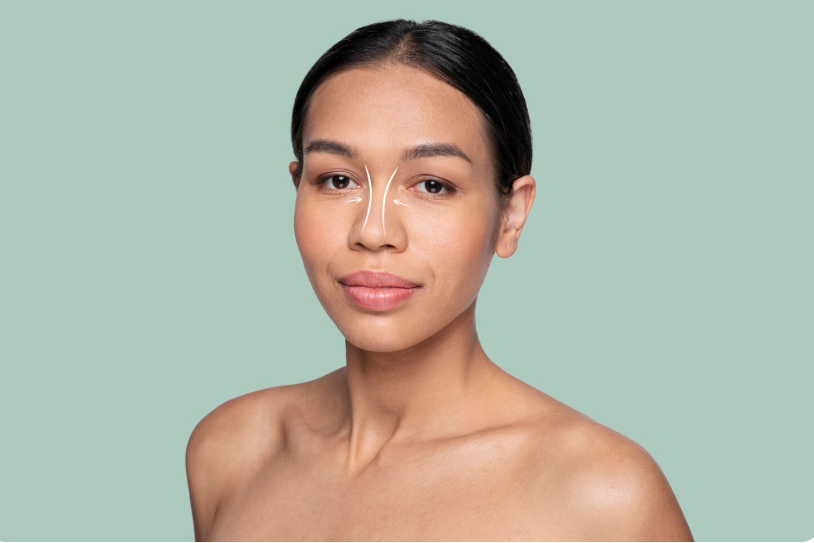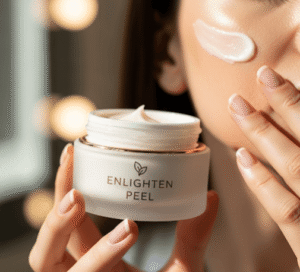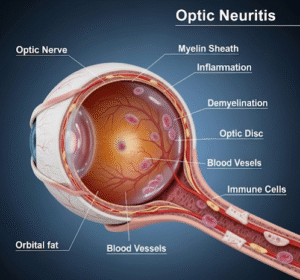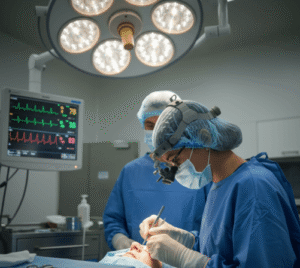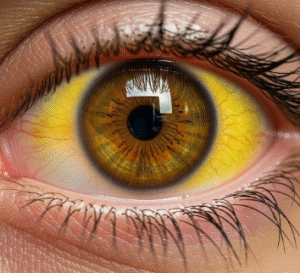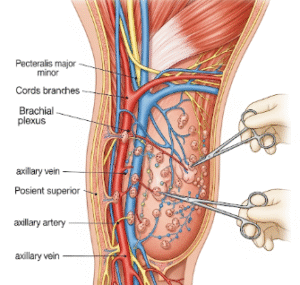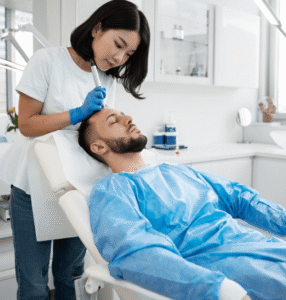What It Is
Nasal bridge augmentation is a cosmetic and functional rhinoplasty procedure aimed at enhancing the height and definition of the nasal bridge. It typically involves inserting implants or grafts (cartilage, silicone, or other biocompatible materials) to achieve a straighter, more elevated, and aesthetically pleasing nasal profile. This procedure is commonly performed to correct a flat or low nasal bridge and improve facial symmetry.
Why It’s Done
Patients pursue nasal bridge augmentation primarily for aesthetic reasons, such as improving facial balance and enhancing the overall appearance of the nose. It can also address functional issues, like congenital deformities or trauma-related flattening of the nasal bridge. It is popular among individuals seeking a refined and natural-looking nose, especially in populations with naturally lower nasal bridges.
Alternatives
Non-surgical alternatives include liquid rhinoplasty, which uses injectable fillers to temporarily raise the nasal bridge. While this provides immediate results with no downtime, it is not permanent and cannot correct structural or functional issues. Contouring with makeup can provide temporary visual improvement.
Preparation
Preparation involves a detailed consultation with a Korean plastic surgeon, including a facial assessment, nasal measurements, and sometimes 3D simulation of expected results. Patients should avoid smoking, certain medications, and alcohol before surgery. Preoperative tests and fasting are required if general anesthesia is planned.
How It’s Done
Nasal bridge augmentation is usually performed under local anesthesia with sedation or general anesthesia. The surgeon creates a small incision, often inside the nostrils (closed technique), and inserts the chosen graft or implant. Cartilage may be harvested from the septum, ear, or rib. The procedure typically lasts 1–2 hours and may be done on an outpatient basis.
Recovery
Recovery involves managing swelling, mild bruising, and discomfort. A nasal splint may be applied for 5–7 days to protect the nose. Patients are advised to avoid strenuous activity for 2–3 weeks. Follow-up visits are scheduled to monitor healing and ensure proper implant positioning.
Possible Complications
Potential risks include infection, asymmetry, implant displacement, extrusion, or dissatisfaction with the aesthetic result. Choosing an experienced Korean surgeon significantly reduces these risks and ensures a natural outcome.
Treatment Options in Korea
Diagnosis
Korean surgeons use precise measurements, 3D imaging, and sometimes CT scans to assess the nasal structure and plan augmentation. Functional evaluation ensures no impairment of breathing.
Medical Treatments
Temporary non-surgical alternatives like dermal fillers can be used for minor elevation of the nasal bridge, but they are short-term solutions.
Surgical or Advanced Therapies
Advanced techniques in Korea include autologous cartilage grafting, ultrathin implants, and minimally invasive insertion methods, optimizing both safety and cosmetic results.
Rehabilitation and Support
Postoperative care includes swelling management, infection prevention, and follow-up consultations. International patients can access translation services, tailored recovery plans, and concierge support to facilitate a smooth treatment experience.
Advantages of receiving treatment in Korea include highly skilled surgeons, modern medical technology, personalized surgical planning, high success rates, and cost-effectiveness compared to Western countries.

